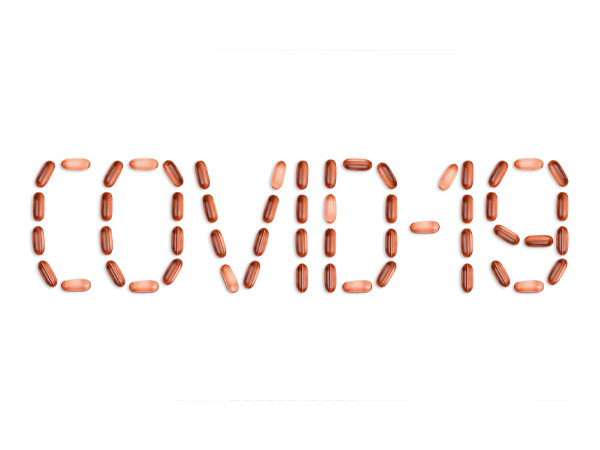
What To Know About Mutation Of COVID-19
The COVID-19, since its advent in December 2019, has mutated several times. A mutation is common in all types of microorganisms like viruses and bacteria and is considered a normal process of their life cycle.
Sometimes, the newly mutated forms of pathogens emerge and disappear, while sometimes, the new variant persists for longer and becomes more diverse.
In the case of COVID-19, scientists have monitored mutations in their spike proteins since its advent to date. According to a news report, the genetic diagnostic laboratories in India have reported over 24000 mutations in the last one year detected in around 7000 variants of COVID-19. [2]
However, there were only seven major variants or variants of concern in India, including B.1.617 and B.1.351 (Beta)[3], as reported by the Banaras Hindu University (BHU) and the Centre for Cellular and Molecular Biology (CCMB), while five notable variants in the US, according to the CDC. [4]
What Is Kala-Azar (Black Fever)? Causes, Symptoms, Risk Factors And Treatments

About The Research
The study was carried out on a 36-year-old advanced HIV-positive woman from South Africa. She was admitted to the hospital in September 2020 with symptoms like cough, sore throat and dyspnoea. The symptoms started 12 days prior to the admission.
The woman was on antiretroviral therapy since 2006 and has recently been given a fixed dose of combination medication: tenofovir, emtricitabine and efavirenz. Her medical history also includes a single event of tuberculosis and chronic asthma.
She was diagnosed with COVID-19 with the help of RT-PCR on the day of admission, and had received oxygen via face mask and a six-day course of dexamethasone, an approved steroid by the WHO.
Dexamethasone Vs Methylprednisolone In COVID-19 Treatment: Which Drug Is Better?
During the hospital admission, she was enrolled on a study that was based on the immune response of COVID-19 patients with HIV infection.
READ RELATED: Moderna says it expects its coronavirus vaccine to protect against the new U.K. strain
Her condition was reviewed at the time of enrollment, and on day 20 and day 34, when she was asymptomatic. On day 71, she experienced chest tightness due to an oxygen drop from 96 to 76 per cent. She was then diagnosed with pneumocystis jiroveci pneumonia and was treated with co-trimoxazole and prednisone medications for 21 days.
On day 106, she reported only fatigue while on day 190, she was again found asymptomatic. On day 190, her treatment based on antiretroviral therapy was switched to a fixed dose of combinational medicines i.e. tenofovir, lamivudine and dolutegravir, and on day 206, the suppression in her HIV viral load was noticed.
List Of Naturally Occurring Toxins In Food And How To Reduce Them
A total of six specimens were collected from day 6 to day 190. The result says that her RT-PCR report was positive at all times between days 0 to 216. Several mutations were reported along with high-level resistance to the antiretroviral drugs.
Some of the mutation types among 30 include D614G, G142V, D796Y, E484K, A1078V, K417T,
F490S, L455F, F456L, D427Y and N501Y.
The results say that despite moderate severity of HIV, the COVID-19 persisted for 216 days. Also, the mutation of the virus was not related to plasma therapy, but due to certain haematological conditions or immunosuppressive therapies or other chronic conditions.
What Are Steroids And Why Are They Given To COVID-19 Patients?
The data suggest that mutation of COVID-19 virus in HIV-positive women might have occurred due to pressure from impaired neutralising antibodies or, say, the impaired immune system. [5]
Note: The research is a preprint and has not been certified by peer review. The data available here has yet to be evaluated and so should not be used to guide clinical practice.
Source:










